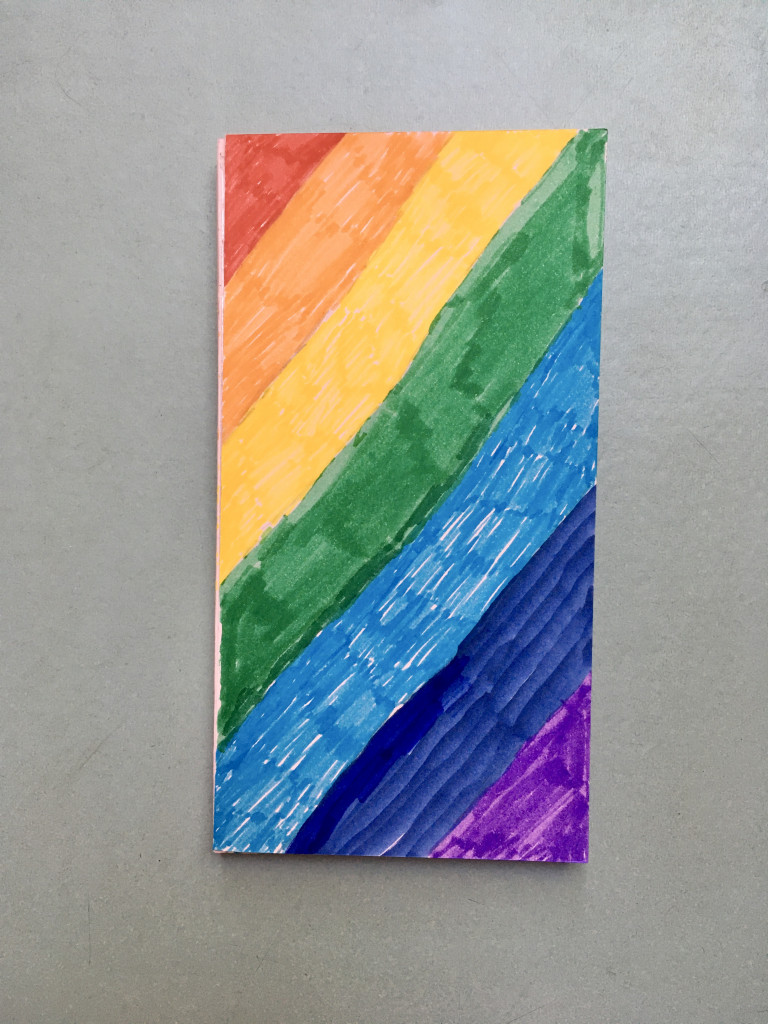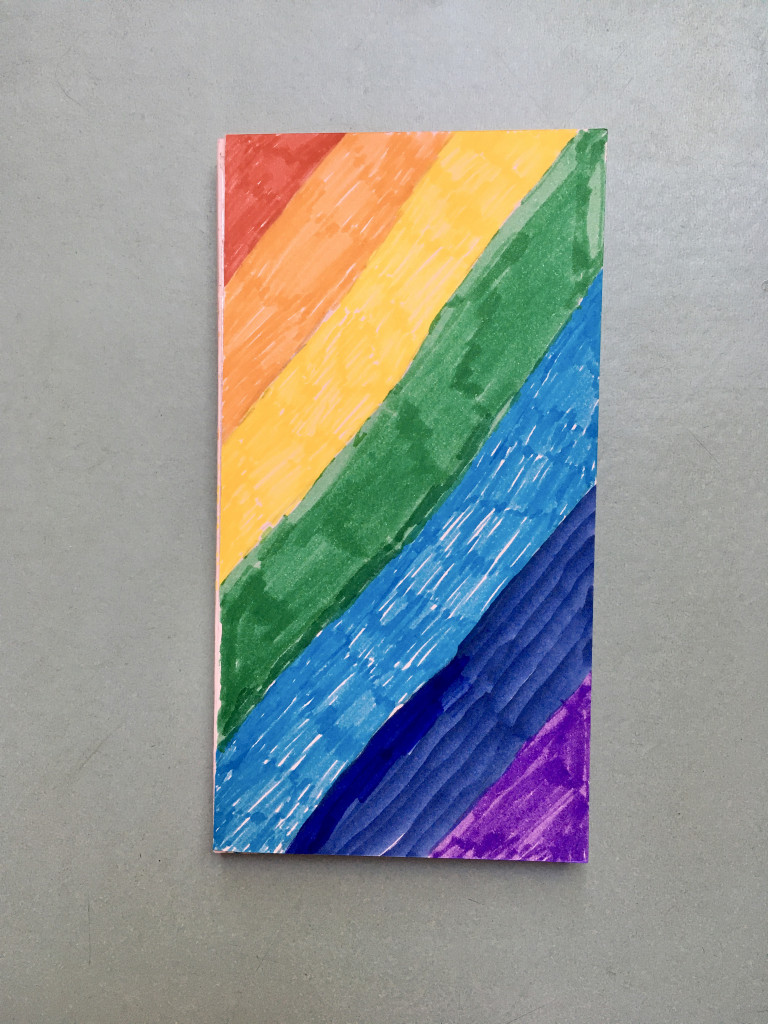Design for everyday pleasure: nurturing a social commons.
This research project explores situated interactions between residents of a North London neighbourhood. Working closely with Clapton Commons – a charity and ‘open network for neighbours’ – in concert with other local partner organisations, I have created a series of prompts intended to elicit conversations across the neighbourhood. Specifically, my intent is to trial design strategies that favour light, playful sense-making interactions to kindle new conversations between communities rarely in touch and centred on topics of consequence to both.
My search for appropriate methods alighted on cultural probes pioneered by Gaver, Dunne and Pacenti (1999). Their methods take on renewed significance as tools for contactless sociality since the constraints enforced by Covid-19 have continued to impact participatory strategies that employ face-to-face social contact.
However, cultural probes have traditionally produced relationships that hand all the power to design researchers. I seek to use cultural probes as part of a participatory methodology that addresses this inequity.


William Gaver, Anthony Dunne and Elena Pacenti argued in 1999 that their pioneering new research tools, cultural probes, created a space for exchange and dialogue where the deliberately playful was emphasised. With this innovation, Gaver et al. signalled their intent to pursue design for everyday pleasure (1999, 2004). However, in 2020, it is pertinent to reflect on this original intent and to perhaps ask: for whose pleasure?
The cultural probes method, if employed today in accordance with its pioneers’ original intentions, would function inequitably as a participatory design strategy for the following reasons:
1
the participant recruitment process delimits it to only finding design-sympathetic ‘users’
2
the design of probe tools colludes with the researcher’s exclusive possession of participants’ probe task responses
3
use of disposable cameras and voice recorders without playback guarantees that participants don’t get to check what they produce
4
the proceeds of cultural probe responses are not for the pleasure of participants, but for that of a designer’s imagination – ‘inspirational data’ in service of their ‘aesthetic control’
5
a researcher’s own interpretation of ‘user’ response (to ‘deliberately confusing’ tools) greatly outweighs the ‘user’ response itself.
These five points expose any present-day implementation of Gaver et als’ original cultural probes method to allegations that participants become mere unwitting pawns instrumental to highly extractive transactions. To be fair, power asymmetries in design processes were much more severe at the time the probes were developed. Gaver et al. created cultural probes to lure designers into early-stage design at a time when a relatively nascent field of design research practice was still seeking status in academic fields. Their transactional engagement with ‘users’ may be better understood in this context.
Learning taken from the original cultural probes example, is developed in my doctoral case-study – illustrated here. The aim is to experiment with a specific adaptation that corresponds with participant relationships of greater equality and authenticity. My study thus far, has found that by withdrawing the design researcher (myself) to a position of facilitator leaves a ‘space of possibilities’ (Manzini 2017) in which two communities could begin an open-ended conversation. In this case, a dialogue between primary school students and elders living close-by in retirement housing physically distanced during a global pandemic. The results were noted by participants as ‘welcomed exchanges’ that ultimately would support the wellbeing of both parties at a time when our physical connections with each other is under threat.
Inspired by Gaver et al., I will also be “pursuing design for everyday pleasure”(2004), but deploying pleasure as a social commons, a resource which can be enjoyed by all parties, moving beyond design research that serves designers only.
References
Gaver, W., Boucher, A., Pennington, S. and Walker, B. (2004). Cultural Probes and the Value of Uncertainty. Interactions, 11(5), pp. 53–56.
Gaver, W., Dunne, A. and Pacenti, E. (1999). Cultural Probes. Interactions, 1(6), pp. 21–29.
Manzini, E. (2017).Designing coalitions: design for social forms in a fluid world. Strategic Design Journal, 10(2), pp. 187-193.




Conversation: where critical friends of itinerant space are invited to comment on journal submissions as part of an ongoing research dialogue.